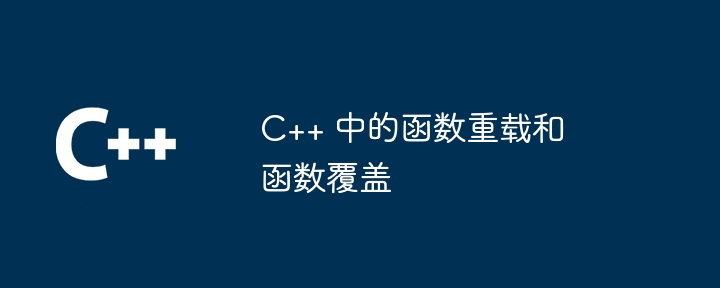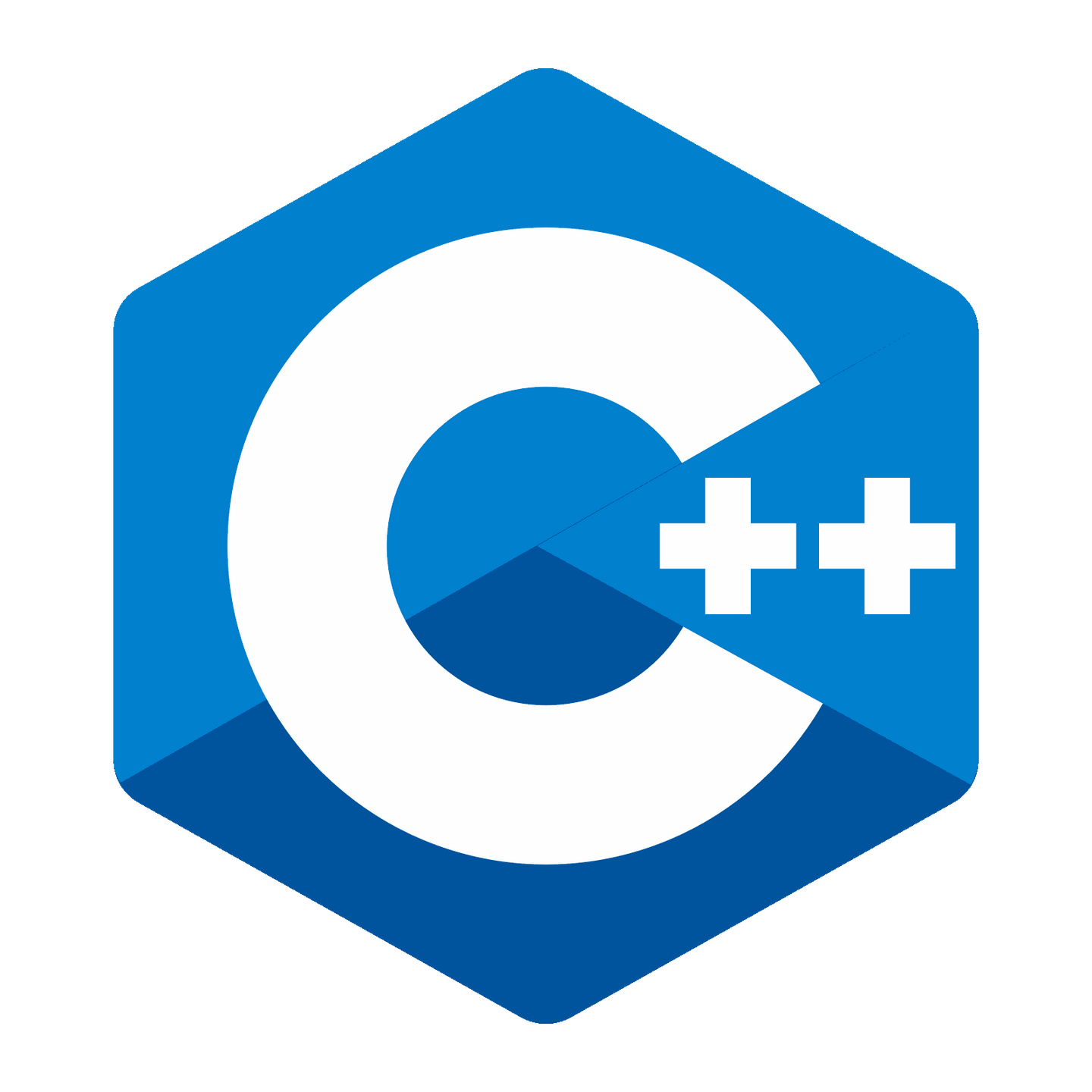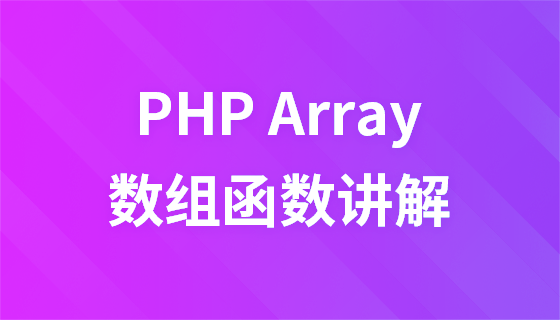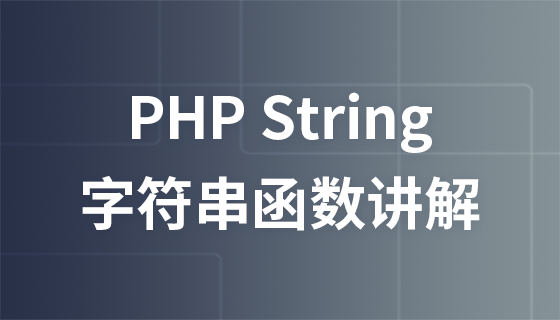c++++ 中,函数重载允许创建具有相同名称但不同参数列表的函数。函数覆盖发生在派生类中,派生类中定义的函数与基类中同名函数覆盖基类的方法。

C++ 中的函数重载和函数覆盖
引言
函数重载和函数覆盖是 C++ 中两个重要的特性,它们允许以不同的方式创建具有相同名称的函数。本教程将解释这两个概念并提供实战案例。
立即学习“C++免费学习笔记(深入)”;
函数重载
函数重载允许创建具有相同名称但参数列表不同的多个函数。编译器在调用函数时会根据参数列表确定要调用的正确函数。
语法
type function_name(parameter_list1); type function_name(parameter_list2);
实战案例
以下代码演示了函数重载:
#include <iostream>
int sum(int a, int b) {
return a + b;
}
double sum(double a, double b) {
return a + b;
}
int main() {
std::cout << sum(1, 2) << std::endl; // 输出:3
std::cout << sum(1.5, 2.5) << std::endl; // 输出:4
}函数覆盖
函数覆盖发生在派生类中,派生类中定义的函数与基类中定义的函数具有相同的名称和参数列表。派生类的方法将覆盖基类的方法。
语法
class DerivedClass : public BaseClass {
public:
type function_name(parameter_list); // 覆盖 BaseClass 中的方法
};实战案例
以下代码演示了函数覆盖:
#include <iostream>
class Shape {
public:
virtual double area() const = 0;
};
class Square : public Shape {
public:
Square(double side_length) : side_length(side_length) {}
double area() const override {
return side_length * side_length;
}
private:
double side_length;
};
int main() {
Square square(5);
std::cout << square.area() << std::endl; // 输出:25
}结论
函数重载和函数覆盖是 C++ 中的两个强大特性,它们允许创建具有不同行为的具有相同名称的函数。函数重载用于创建具有不同参数列表的函数,而函数覆盖用于在派生类中覆盖基类方法。
以上就是C++ 中的函数重载和函数覆盖的详细内容,更多请关注php中文网其它相关文章!

c++怎么学习?c++怎么入门?c++在哪学?c++怎么学才快?不用担心,这里为大家提供了c++速学教程(入门到精通),有需要的小伙伴保存下载就能学习啦!




Copyright 2014-2025 https://www.php.cn/ All Rights Reserved | php.cn | 湘ICP备2023035733号